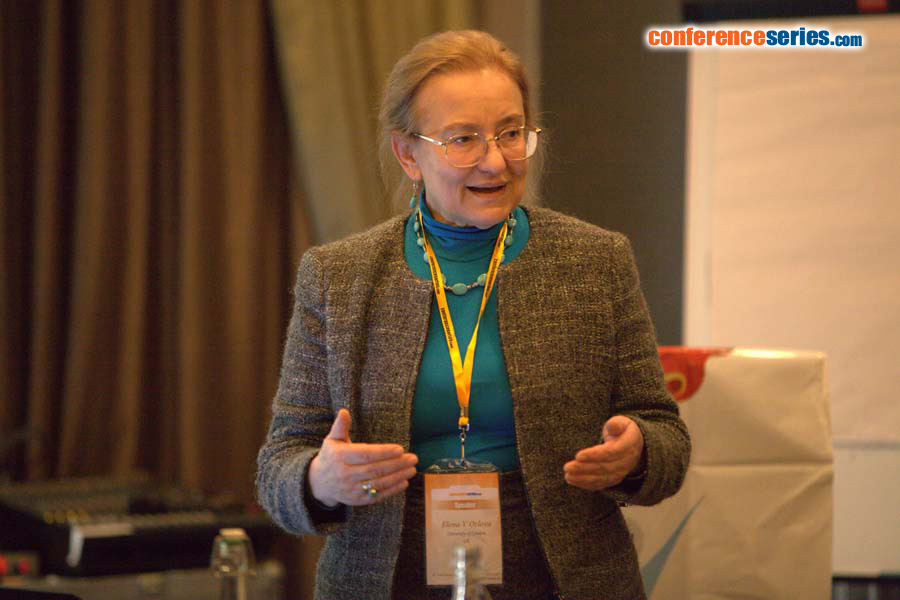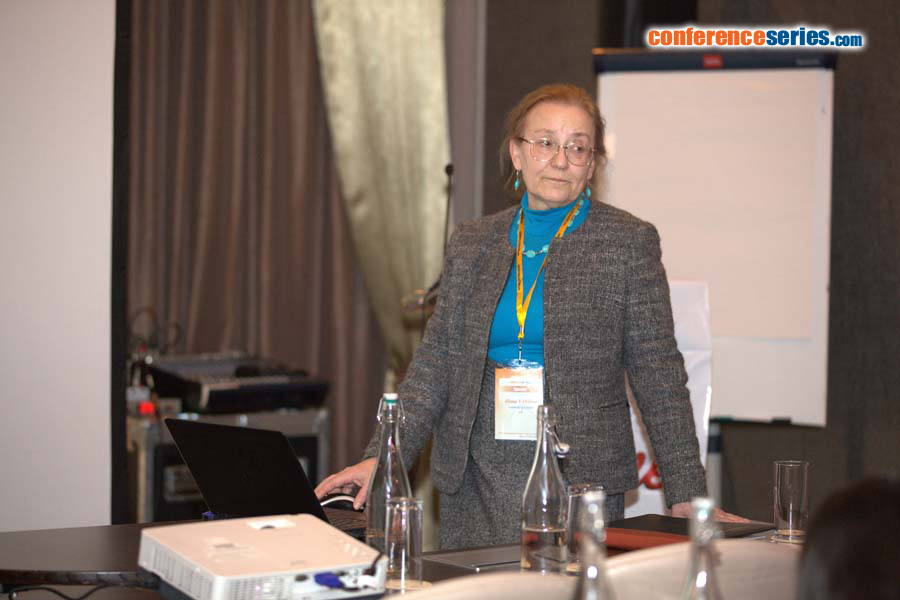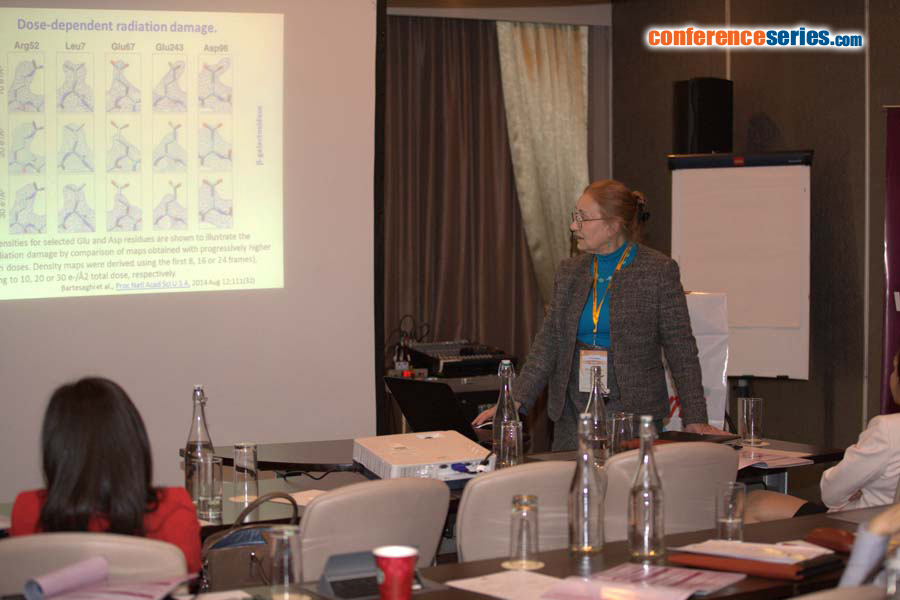
Elena V Orlova
University of London, UK
Biography
Viruses are biomolecular nanomachines designed to infect cell hosts with high efficiency and specificity. Therefore, they are intrinsically flexible and naturally exist in multiple conformations that can be visualized at nearly native conditions by modern structural methods, such as Cryo-electron microscopy (EM). Advances of the last decade in technology and software development led to the revelation of structural variations in complexes and improvements in a resolution of EM structures. Structural analysis based on single-particle methods suggests several approaches for the separation of conformational states and therefore disclosure of the functioning mechanisms of complexes. Revelation of the virus activity through structural analysis requires the examination of large datasets, sophisticated programs, and significant computing power. Hybrid approaches based on combination of X-ray, NMR, SAXS, and structurally driven mutagenesis are essential for understanding the function of biological complexes. We will demonstrate successful applications of these methods in structural studies of bacteriophages. Phages are viruses of bacteria; their genome is packaged in stable and rigid capsids which shield it from the extracellular environment. Our current understanding of phage function has been advanced by the emergence of a number of phage structures over the past decade. The similarity of their structural components indicates that phages have a common ancestor and share a common morphogenetic pathway. In our study we have determined structures of the bacteriophage Spp1 capsids at nearly atomic resolution. These structures have allowed us to trace an extensive network of contacts between capsid proteins and suggest a mechanism of the phage maturation.
Abstract
Abstract : Advances in methods used to study structure and function of viruses






